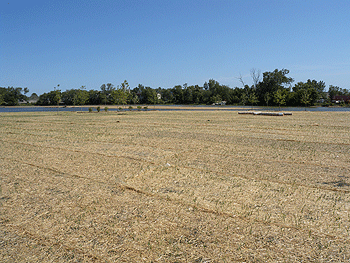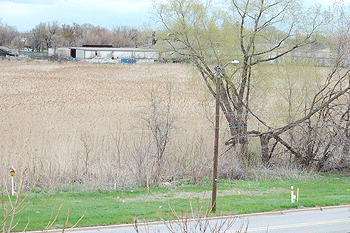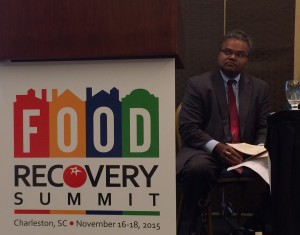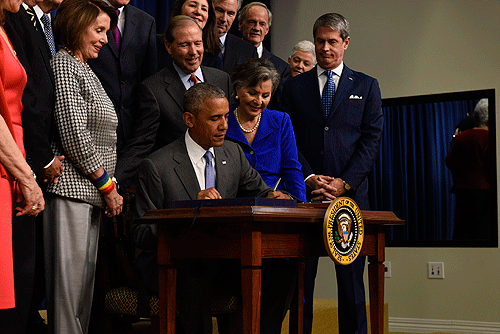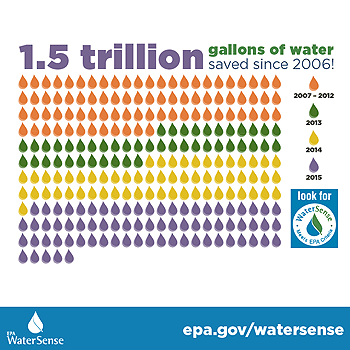Water Infrastructure is Everyone’s Business
By Joel Beauvais
Safe drinking water and effective wastewater management are basic building blocks of public health. Too often, we neglect our infrastructure until it fails. We need to invest in America’s water infrastructure – and we need to be strategic about doing it right – especially in disadvantaged communities.
We’ve known for years that our nation’s investments in water and wastewater infrastructure weren’t keeping up with the needs—which EPA estimates at $655 billion over the next 20 years. But those struggles are not the same everywhere—they are most acute in low-income and small communities.
In the wealthiest country on Earth, clean water needs to be available to everyone–no matter what part of the country you live in, no matter how much or how little money you make, and no matter the color of your skin.
To fix the problem, we’ll not only need innovative financing to leverage more investment, but we’ll also need to help these communities build capacity—so they can sustainably manage and operate their water systems, get access to those funds, and put them to good use.
We have to start by confronting the same ingrained, systemic challenges that threaten our country’s water resources – a resource that’s essential to every human being on the planet.
- That means taking a serious look at America’s aging water infrastructure – in both urban and rural communities across the country – and asking ourselves what needs to be done to upgrade it.
- That means finding better ways to address legacy pollutants, while striving to better understand the risks of emerging pollutants—and what they mean for water treatment technologies moving forward.
- That means asking hard questions about how we achieve environmental justice—and how we deal with the long-term disinvestment in low income communities that contributed to situations like the terrible one we saw in Flint.
Everyone needs to bring their tools to the table—at the local, tribal and state level—along with utilities, investors, community advocates, and civil society. There’s a lot of innovative work going on out there, and we need to share and leverage each other’s ideas and expertise.

Joel Beauvais, Deputy Assistant Administrator for EPA’s Office of Water, speaks on a panel about best practices in water infrastructure funding coordination in Washington, DC.
For one thing, we need to make sure our current funding is working as hard as it can. Some states have been especially successful in leveraging EPA capitalization grants into more money—that can be lent to borrowers at below-market interest rates. We need to transfer these lessons to all states.
We also need new tools. EPA is getting started with one new one—our Water Infrastructure Finance and Innovation Act, or WIFIA, authority, to provide loans for large infrastructure projects. We hope to have rules on this out by the end of this year.
Finally, we also need to attract more private capital into the infrastructure market. This is not a new idea—many communities have been doing this for years, but we need to apply lessons learned to other parts of the country.
We know that for our infrastructure to stand the test of time, we have to build sustainability and climate resilience into our designs. EPA’s Water Infrastructure and Resiliency Finance Center was created a year and a half ago to provide innovative financial and technical guidance to communities.
Already, they’re helping communities across the country make better-informed decisions about financing resilient, sustainable infrastructure projects—consistent with their local needs. We’re doing it through direct outreach, tools, and strategies shared in regional water finance forums and everyday conversations. We also provide technical assistance grants to help small systems get the technical, managerial, and financial capacity they need to stay sustainable over the long term.
The WaterCare project, announced earlier this year, is also helping communities in need by offering targeted financial and technical planning and guidance.
And EPA is developing a drinking water action plan that focuses on addressing environmental justice and equity in infrastructure funding. We’ll be releasing that later this year.
We are committed to working with all of you to strengthen our nation’s drinking water and wastewater infrastructure. Our health—and our national security—depend on it.



